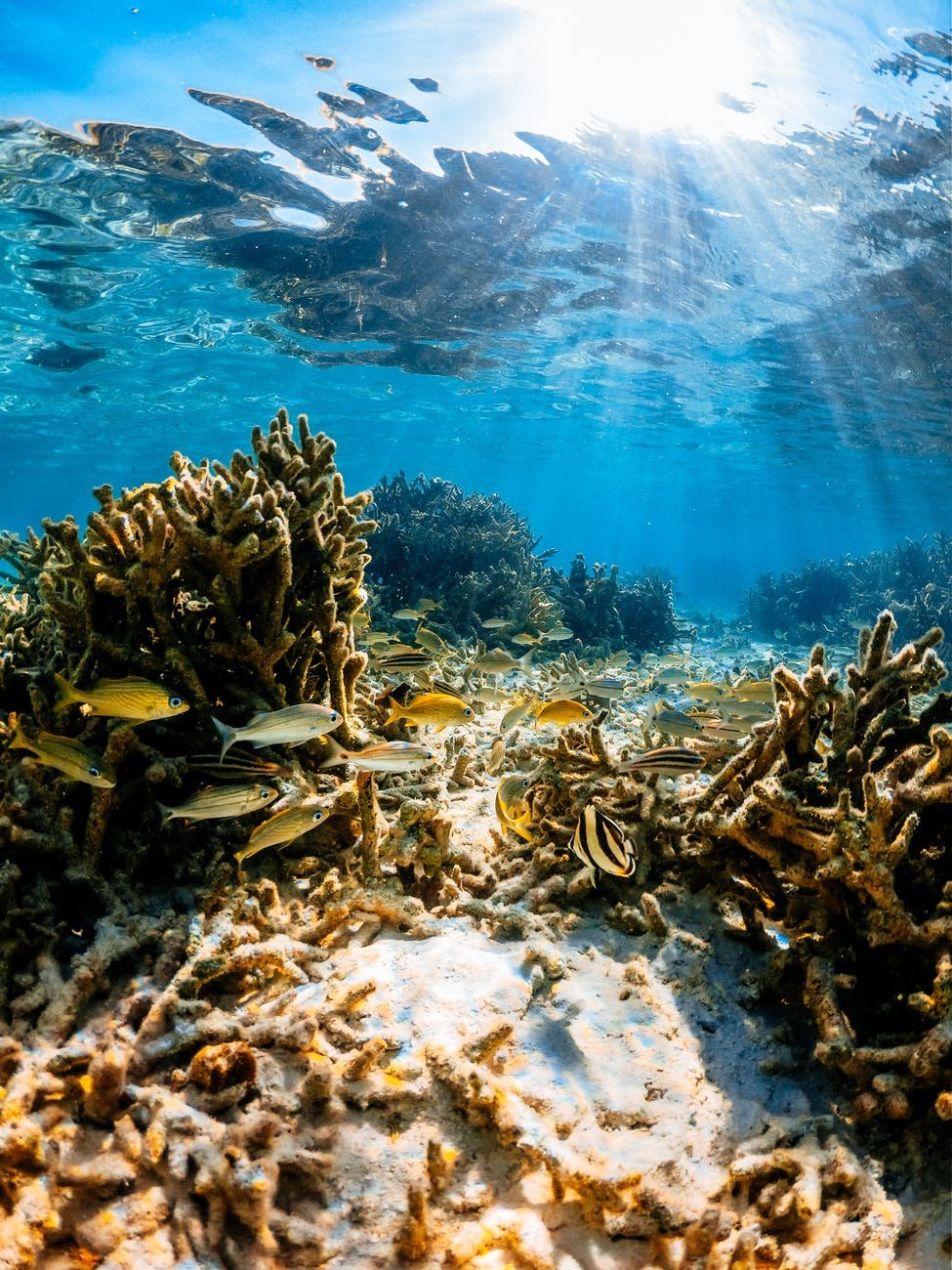What is Carbon?
Carbon is the chemical backbone of all life on Earth. It has the ability to readily form bonds with other atoms; It gives carbon the flexibility to the form and function that biomolecules can take, such as DNA and Ribonucleic acid (RNA), which are essential for the defining characteristics of life: growth and replication. Hence, carbon molecules are in demand by all organisms, which drives complex carbon cycles through all living systems.
Types of Carbon
Carbon is one of the four most abundant elements in living organisms, carbon is essential for life on Earth and there are 3 main types of carbon:
-
The hardest naturally-occurring substance on Earth due to its atomic structure; often found adorning jewellery.
-
Soft as it is structured in a way where layers of atoms are able to easily slide over one another; found in pencil lead.
-
Reactive and has no crystalline structure; the main constituent of coal, charcoal and soot.
Uses of carbon
Organisms can gain energy by breaking down carbon molecules they take up from its environment. This energy is released which can drive various cellular processes. When organisms consume carbon molecules, it will also be restructured to form useful biomolecules for the organism to thrive and grow. This is why they are considered carbon life forms.
In the atmosphere, carbon is stored in the form of gases, such as carbon dioxide. It is also stored in oceans, captured by many types of marine organisms. Some organisms such as clams or coral use carbon to form shells and skeletons. These skeletons formed allows the corals to expand and form colonies, and even provide shelter for sea animals.
Carbon compounds are useful.






